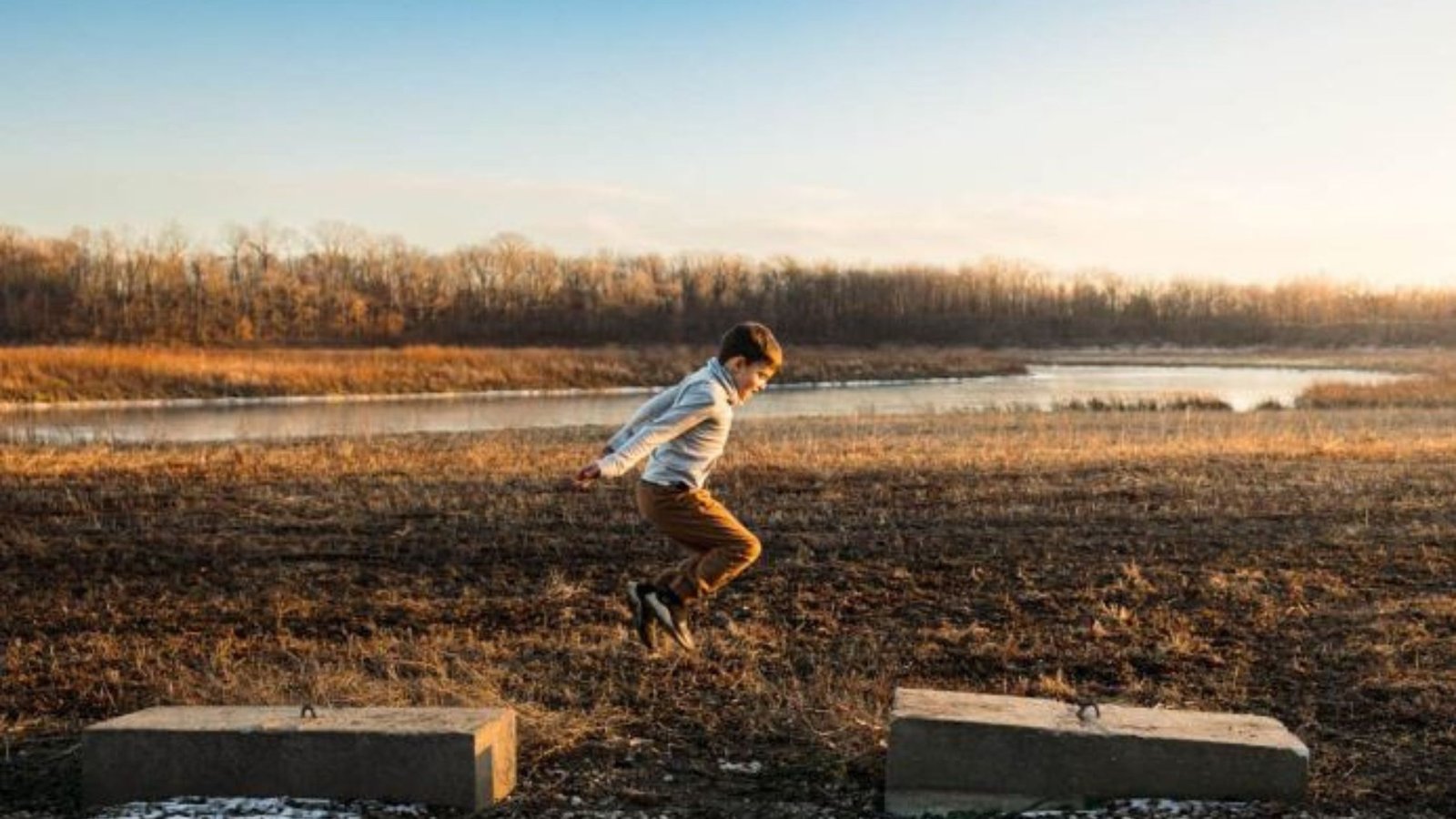Outdoor activities provide invaluable opportunities for environmental education, fostering a deeper understanding and appreciation of the natural world. Whether you’re teaching students, leading a group of nature enthusiasts, or simply exploring on your own, integrating outdoor activities can enhance learning and inspire conservation efforts. In this guide, we explore some of the best outdoor activities for environmental education, emphasizing the role of outdoor videos in enhancing learning experiences.
Exploring Nature Through Outdoor Videos
Outdoor videos serve as powerful educational tools, offering visual insights into ecosystems, wildlife behaviour, and environmental challenges. By incorporating outdoor videos into educational activities, participants can witness firsthand the beauty and complexity of nature. These videos can showcase everything from endangered species in their habitats to the impact of climate change on landscapes, sparking discussions and promoting awareness among learners.

Hiking and Nature Walks
Hiking and nature walks are ideal for exploring local ecosystems and biodiversity. Choose trails that highlight different habitats such as forests, wetlands, or coastal areas. During these outings, encourage participants to observe wildlife, identify plant species, and discuss ecological relationships. Outdoor videos can complement these activities by illustrating concepts like plant succession or predator-prey dynamics observed during the hike.
Birdwatching and Wildlife Observation
Birdwatching and wildlife observation encourage participants to develop patience and keen observational skills while learning about local fauna. Provide binoculars and field guides to identify birds and animals encountered during outings. Outdoor videos featuring bird migrations, mating displays, or animal behavior can enhance understanding and appreciation of wildlife adaptations and conservation challenges.
Nature Photography and Journaling
Nature photography and journaling encourage participants to document their outdoor experiences creatively. Provide tips on capturing landscapes, wildlife, and seasonal changes. Encourage reflection through journaling about observations, feelings, and questions raised during outdoor activities. Outdoor videos can inspire participants by showcasing stunning natural scenery and highlighting the importance of preserving these environments for future generations.
Citizen Science Projects
Engage participants in citizen science projects that contribute valuable data to environmental research efforts. Activities such as water quality monitoring, butterfly or plant surveys, or wildlife tracking can empower learners to make meaningful contributions to conservation. Outdoor videos can introduce citizen science initiatives worldwide, demonstrating how collective efforts can address environmental challenges and inform policy decisions.
Outdoor Workshops and Demonstrations
Organize outdoor workshops and demonstrations focused on environmental topics such as composting, renewable energy, or sustainable gardening. Hands-on activities like building birdhouses, planting native species, or constructing rainwater harvesting systems provide practical skills while promoting environmental stewardship. Outdoor videos can showcase successful conservation projects or innovative solutions to inspire participants to take action in their communities.
Camping and Outdoor Skills
Camping trips offer immersive experiences in natural settings, providing opportunities to learn outdoor skills such as fire building, navigation, and Leave No Trace principles. Incorporate discussions on wilderness ethics, conservation practices, and minimizing human impact on ecosystems. Outdoor videos can illustrate the importance of responsible outdoor recreation and conservation practices in preserving wilderness areas.
Environmental Art and Creativity
Encourage participants to express their connection to nature through environmental art and creativity. Activities such as nature-inspired art installations, eco-friendly sculptures, or natural dye workshops promote artistic expression while fostering appreciation for the environment. Outdoor videos featuring environmental artists or showcasing art installations in natural settings can inspire participants to use creativity as a tool for environmental advocacy.
Stewardship Projects and Community Engagement
Initiate stewardship projects that encourage participants to take an active role in caring for local environments. Activities such as habitat restoration, shoreline cleanups, or invasive species removal build a sense of community and environmental responsibility. Outdoor videos can highlight successful community conservation efforts, inspiring participants to collaborate and make positive changes in their surroundings.
Conclusion
Incorporating outdoor activities into environmental education enriches learning experiences, fosters a deeper connection to nature, and inspires conservation action. Whether through hiking, wildlife observation, citizen science projects, or creative expression, outdoor activities empower participants to explore environmental concepts firsthand. By utilizing outdoor videos as educational tools, educators and leaders can enhance engagement, promote environmental awareness, and nurture a generation of environmentally conscious citizens.











